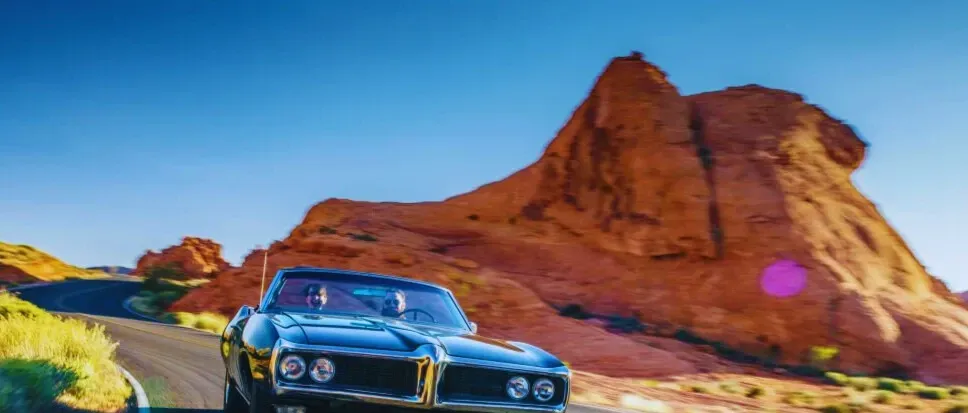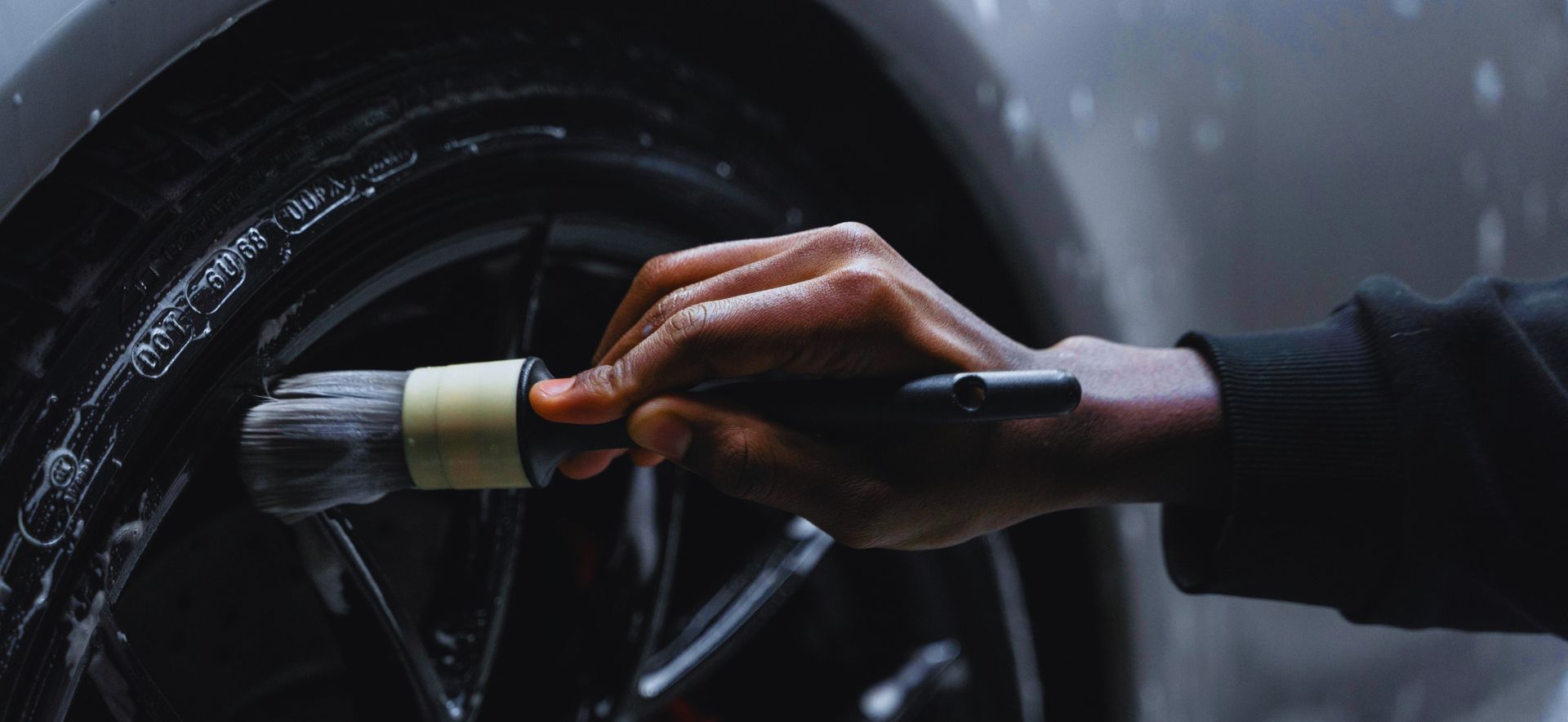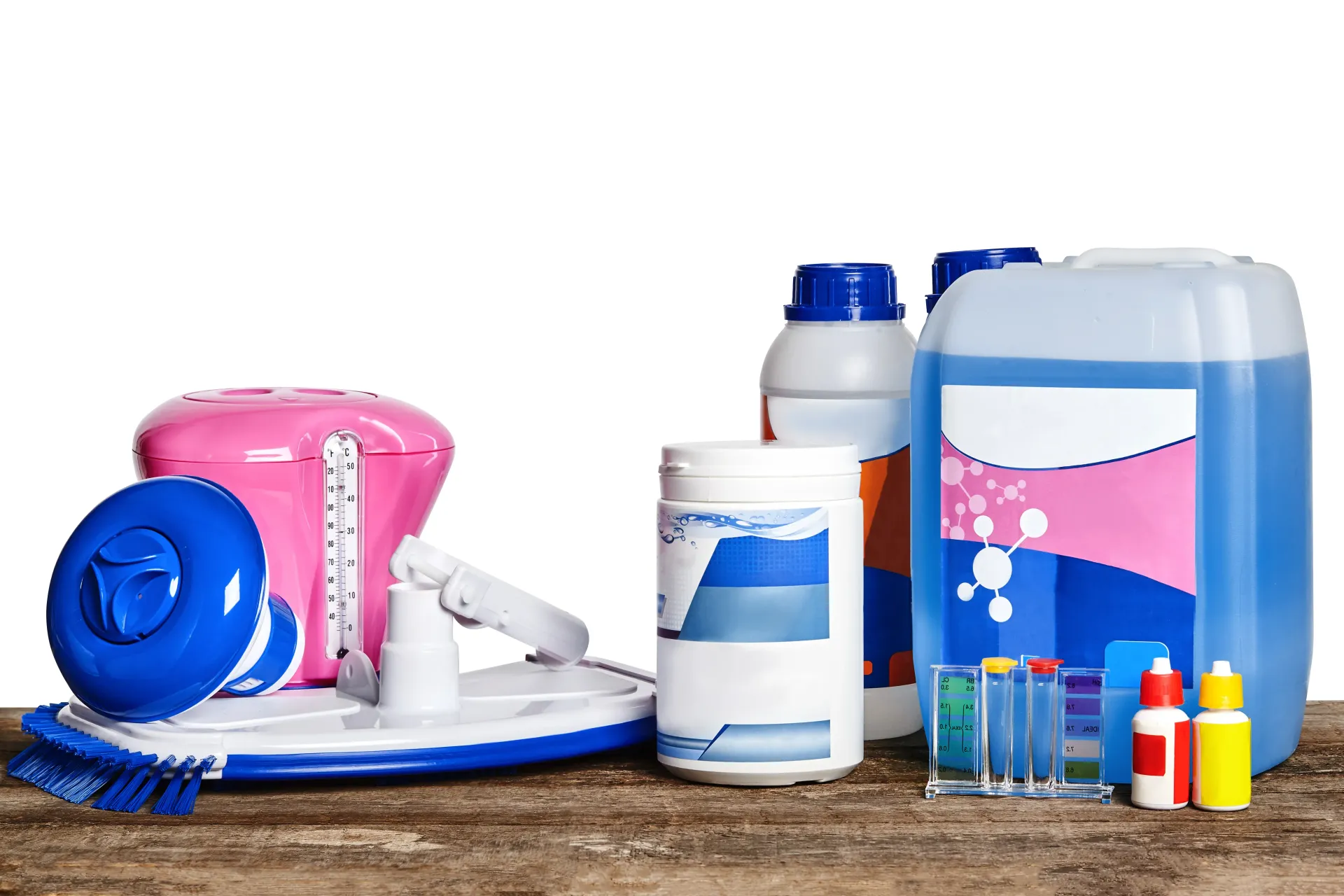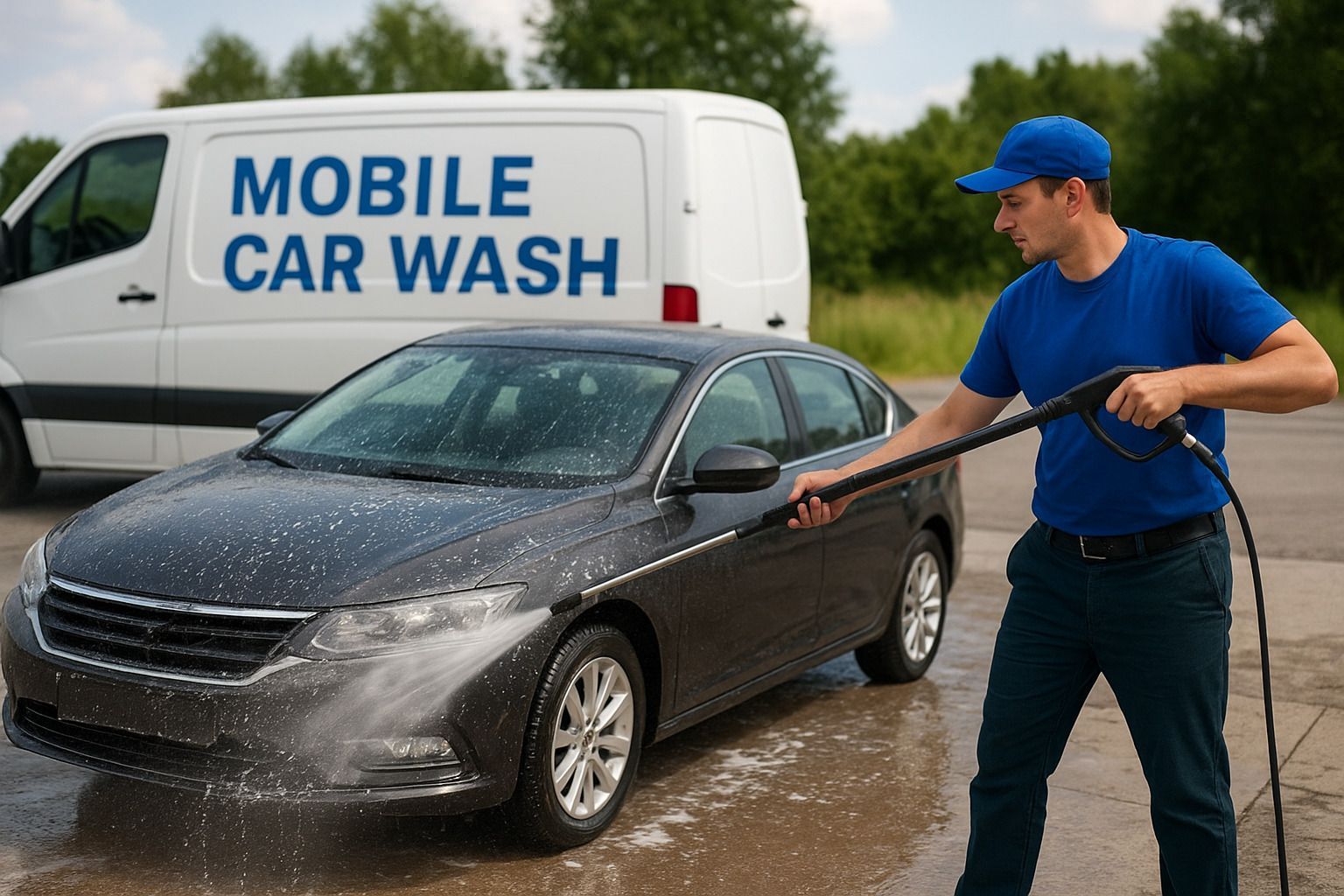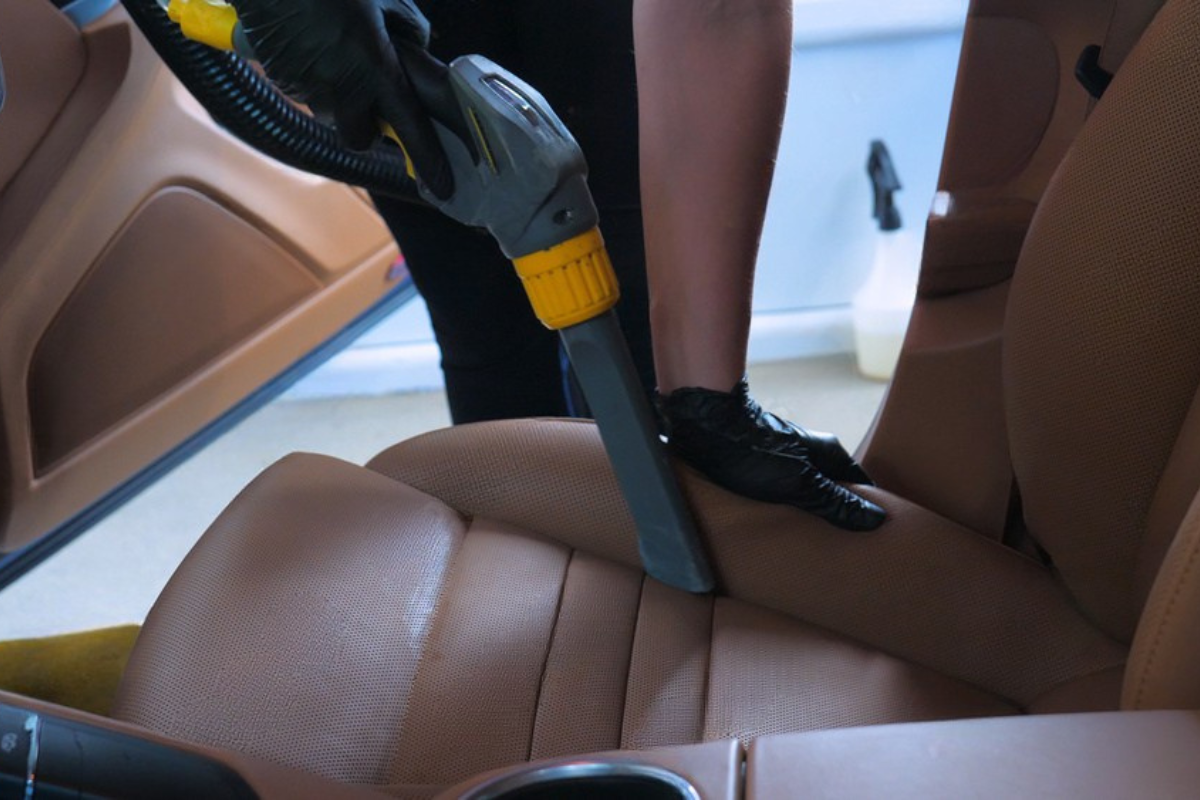Wax or Ceramic Coating? Discover the Best Shine and Protection for Your Henderson Ride!
The sun-drenched roads of Henderson, Nevada, are no strangers to scorching UV rays, swirling dust, and flash rain. Car lovers in this city often ask one crucial question: "Wax or ceramic coating?" It's more than a matter of shine—it's about long-lasting protection, preserving value, and making sure your ride looks showroom-fresh every day. So, what’s the ultimate choice for your car?
In this detailed guide, we’ll break down the pros and cons of both wax and ceramic coating, focusing specifically on how they perform in Henderson’s unique environment. By the end, you’ll know exactly what your vehicle needs for the best gloss and guard.
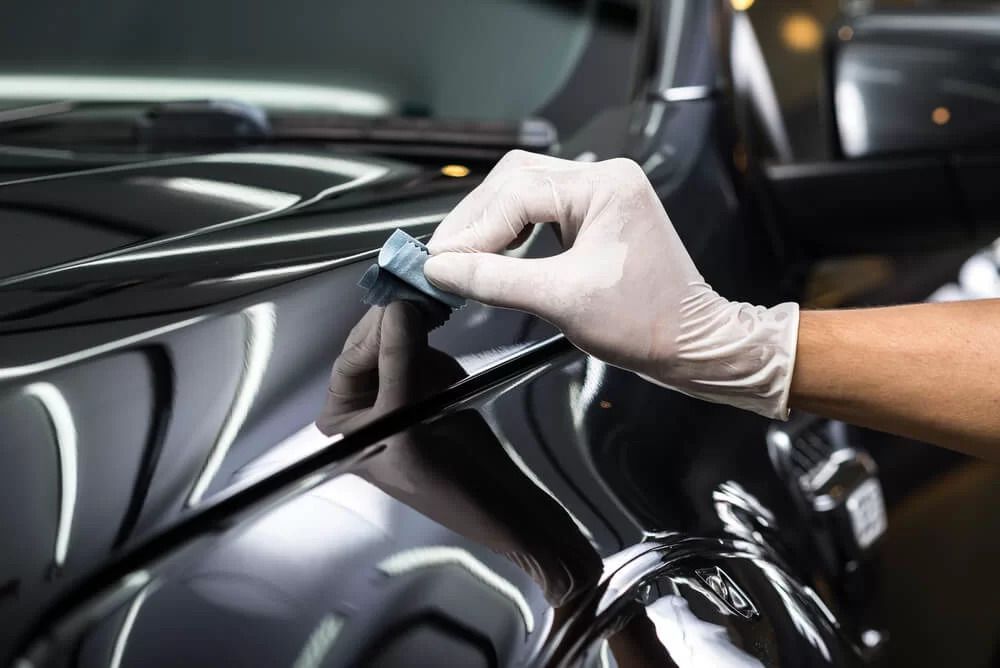
Understanding Traditional Car Wax
Car wax has been around for over a century, originally made from natural substances like carnauba wax. Today, it’s widely available, easy to use, and beloved for its brilliant finish. Waxing is often the first line of defense new car owners turn to—and for good reason.
Types of Car Wax Available
- Natural Carnauba Wax: Offers a warm glow but wears off quickly in extreme heat.
- Synthetic Wax: Longer-lasting and heat-resistant, ideal for Henderson summers.
- Hybrid Waxes: Blend the best of both worlds for extended shine and durability.
Benefits of Car Wax
- Instant, high-gloss shine
- Budget-friendly
- Easy DIY application
- Pleasant smell and texture
- Readily available at most auto stores
Many enthusiasts still swear by the ritual of waxing—after all, nothing beats the satisfaction of rubbing out a mirror-like finish by hand.
Drawbacks of Car Wax
Yet, wax isn’t perfect. Especially in Henderson, its weaknesses can’t be ignored:
- Lasts only 4–6 weeks, less in intense sun
- Melts or degrades under high temperatures
- Needs frequent reapplication
- Offers limited scratch resistance
- Poor hydrophobicity (water-beading)
Introduction to Ceramic Coatings
Ceramic coatings represent a technological leap in paint protection. Made from silica dioxide (SiO₂), these coatings create a semi-permanent bond with the paint, forming a hard shell that resists damage and dirt alike.
What is SiO₂ and Why It Matters?
Silicon dioxide is derived from quartz and sand, offering a molecular structure that is both hydrophobic and heat-resistant. When applied correctly, SiO₂ forms a hardened layer that becomes part of your paint, not just something that sits on top of it.
Advantages of Ceramic Coating
- Lasts up to 5 years
- Withstands extreme heat
- Exceptional UV protection
- Repels water, oil, and grime
- Reduces micro-scratches and swirl marks
- Makes car washes quicker and less frequent
Disadvantages of Ceramic Coating
However, this advanced protection comes at a price—literally and logistically.
- High upfront cost (from $500 to $2,500+)
- Complex application process
- Requires controlled environment
- Mistakes are hard to correct
- Not completely immune to scratches
Durability: Wax vs Ceramic Coating
When it comes to long-term performance, ceramic coating takes the crown. While wax needs monthly upkeep, a professional ceramic job can protect your car for years. In Henderson’s sun-heavy conditions, this longevity pays off handsomely.
Shine Factor: Which Looks Better?
There’s a bit of subjectivity here:
- Wax: Gives a warm, buttery glow (ideal for classic cars or those with darker paint).
- Ceramic Coating: Delivers a candy-gloss, glassy look that pops under sunlight.
In either case, both options elevate aesthetics—but ceramic has a more futuristic flair.
Protection from Henderson’s Sun and Heat
With UV indexes that soar beyond 10 in the summer, Henderson vehicles suffer from oxidation and fading. Ceramic coatings reflect UV rays better and prevent chemical degradation. Wax offers minimal UV shielding and quickly melts or evaporates when exposed to 100°F+ days.
Water Spot and Dirt Resistance
Ceramic’s hydrophobicity makes rain bead up and roll off, leaving little residue behind. Dust and mud are less likely to stick, while wax tends to attract and retain grime. That means fewer washes and less effort.
Ease of Maintenance
Maintaining a ceramic-coated car involves gentle pH-neutral washes and occasional reboost sprays. Waxed vehicles require washing, drying, and rewaxing at least once a month. Simply put—ceramic saves time.
Cost Comparison Over Time
Coating Type Initial Cost Lifespan Annual Maintenance
Wax $20–$100 1–2 months High
Ceramic Coating $500–$2,500 3–7 years Low
Though ceramic is expensive up front, the long-term savings and reduced effort often make it more economical.
DIY vs Professional Application
Wax is DIY-friendly. Ceramic coating? Not so much. Application mistakes can ruin your paint, causing streaks or high spots. That’s why many Henderson locals trust experts like Mobile Auto Detailing Service for professional installation.
Application Process: Waxing Your Ride
- Wash and dry the car
- Apply wax with foam applicator
- Let haze, then buff with microfiber towel
- Repeat every 4–6 weeks
Simple, but time-consuming.
Application Process: Applying Ceramic Coating
- Wash, decontaminate, and clay bar the surface
- Polish to remove imperfections
- Use panel wipe (isopropyl alcohol mix)
- Apply coating section by section
- Let cure for 24–48 hours in a dust-free space
Not for the faint of heart!
Time Investment for Each Option
Waxing your car takes 2–3 hours. Ceramic coating? Expect an entire weekend or a full day with a detailing professional.
Resale Value Impact
A well-maintained ceramic coating can preserve factory shine and prevent damage, raising resale value. Wax does not offer this long-term appeal.
Ideal Candidates for Car Wax
- Car show enthusiasts
- Those who enjoy frequent detailing
- Budget-conscious drivers
- Classic car owners
Combining Both for Optimal Results?
Yes, it’s possible! After applying ceramic coating, you can top it with wax for extra gloss. However, it’s not necessary and often redundant.
Customer Testimonials in Henderson
Locals rave about ceramic coatings for their “set-it-and-forget-it” nature, especially under the harsh desert sun. Others remain loyal to the nostalgia and ritual of waxing. It really comes down to lifestyle and preference.
Myths About Ceramic Coatings
- "It makes your car scratch-proof." Nope. It’s scratch-resistant—not impervious.
- "You never have to wash your car again." Wrong again. You’ll wash less often, but you still need to clean it.
Sustainability and Environmental Impact
Ceramic coatings reduce water waste and chemical runoff thanks to their self-cleaning nature. Wax, on the other hand, must be reapplied often, contributing to more product usage and packaging waste.
Professional Detailing in Henderson
For top-tier protection, it’s wise to consult experts. Schedule your appointment with a Mobile Auto Detailing Service and ensure your ceramic coat is flawless. Still have questions? Contact them today to learn more.
Why Shine Matters More Than You Think
It’s not just vanity. A gleaming finish reflects care, pride, and attention to detail. That polished look enhances first impressions and signals that your vehicle is well-maintained inside and out.
FAQs
Is ceramic coating better than wax for Henderson weather?
Yes. Ceramic coating withstands intense sun and high temperatures much better than wax.
Can I apply ceramic coating myself?
It’s possible, but not recommended unless you’re experienced. Errors can be costly.
Does ceramic coating prevent rock chips?
No. It resists scratches but doesn't protect against high-impact chips.
How long does ceramic coating really last?
Professional ceramic coatings can last between 3 to 7 years with proper maintenance.
Can I use both wax and ceramic coating?
Yes, but it's generally redundant. Ceramic coating alone is sufficient.
Is wax completely useless now?
Not at all! Wax is still great for short-term shine and for enthusiasts who enjoy the detailing process.
Conclusion and Final Recommendation
So, wax or ceramic coating? If you’re a casual driver who loves regular TLC, wax might still work for you. But if you crave unmatched shine, protection, and time savings—ceramic coating is your best bet, especially in Henderson’s extreme climate. Choose based on your lifestyle, budget, and expectations, and don’t hesitate to trust the experts when in doubt.
Links
